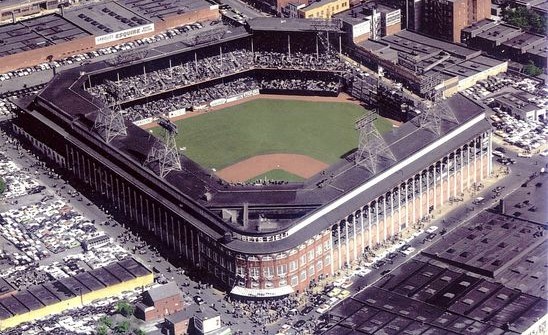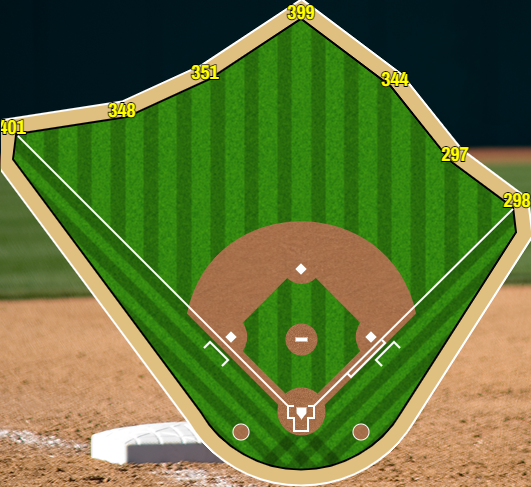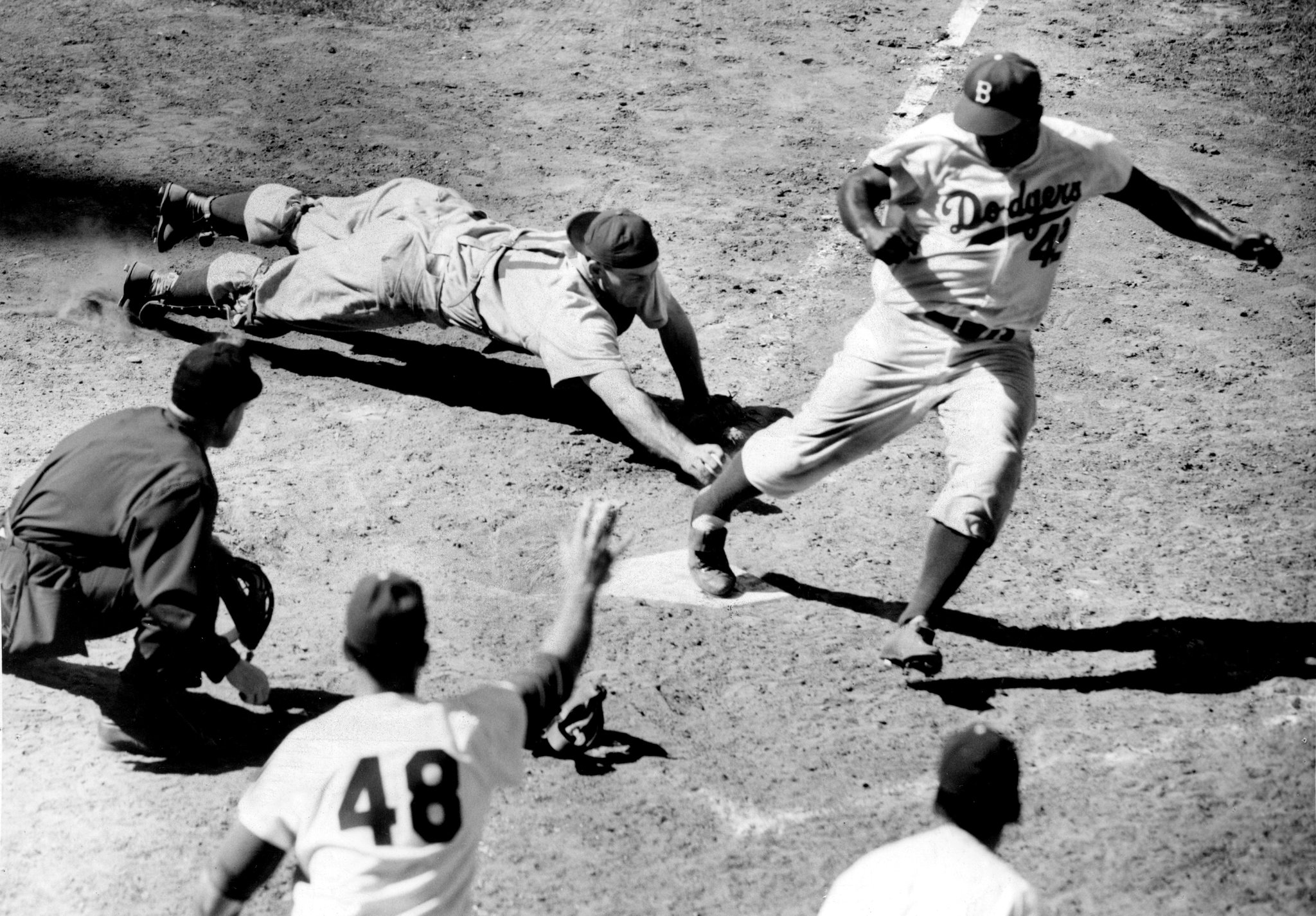Los Angeles Memorial ColiseumOnce a major league baseball stadium, Ebbets Field was in Brooklyn, New York. It was named after Charles H. Ebbets, the Dodgers’ co-owner and a sports administrator. The baseball stadium was the proud home to the Brooklyn Dodgers team from 1913 to 1957, when the team moved to Los Angeles Memorial Coliseum. In fact, it served as the home of five professional football teams, from 1921 to 1948. As one of the historic major league ballparks, the ballpark witnessed a great deal of history during its 45 years. Ebbets Field was demolished on February 23, 1960, and replaced by residential apartment buildings.
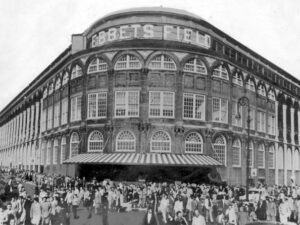
The History
Bedford Avenue bordered the east of the Ebbets Field while Sullivan Place flanked its south. The ballpark was surrounded by Cedar Street on the western side and Montgomery Street toward the north. The site was once a garbage dump, known as Pigtown, which was overhauled to construct a permanent stadium. By early 1913, the site was built to house some of the greatest baseball dramas. Fans called it “A Monument to the National Game.” Newspaper headlines lavished praise on the monumental construction, predicting it would last 200 years. Unfortunately, the stadium stood for only 50 years.
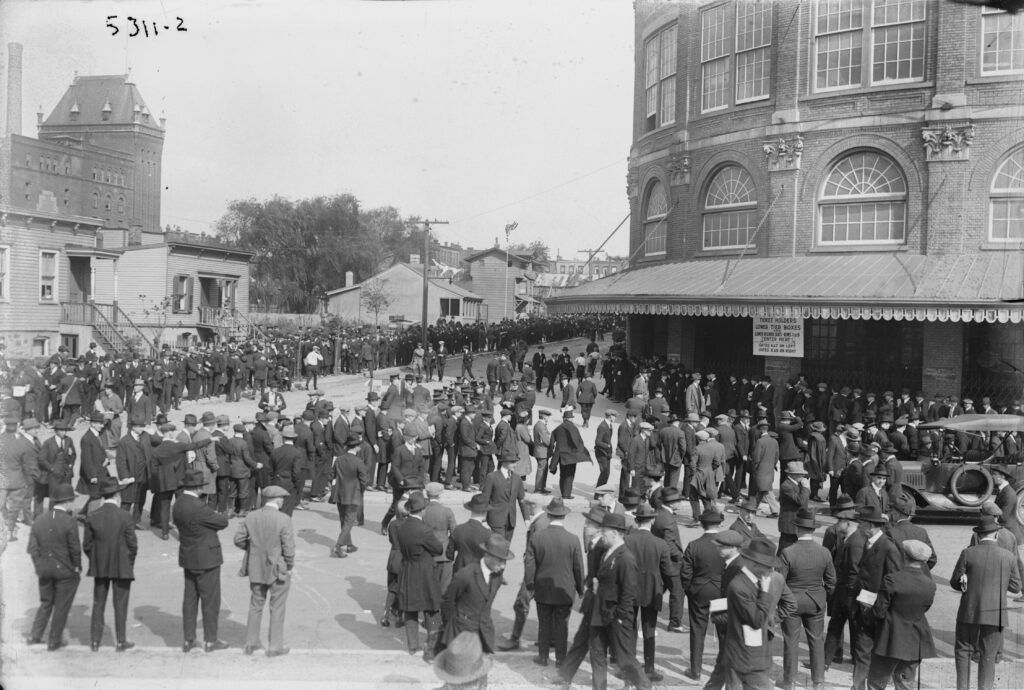
On April 5, 1913, the inauguration game was played in the form of an inter-league exhibition game played against the New York Yankees. The enthusiasm of the fans was apparent when they reached in hordes and the stadium was packed to its capacity so much so that 5,000 could not even get in. In the first game, it was discovered that the flag, keys to the bleachers, and a press box had not been included.
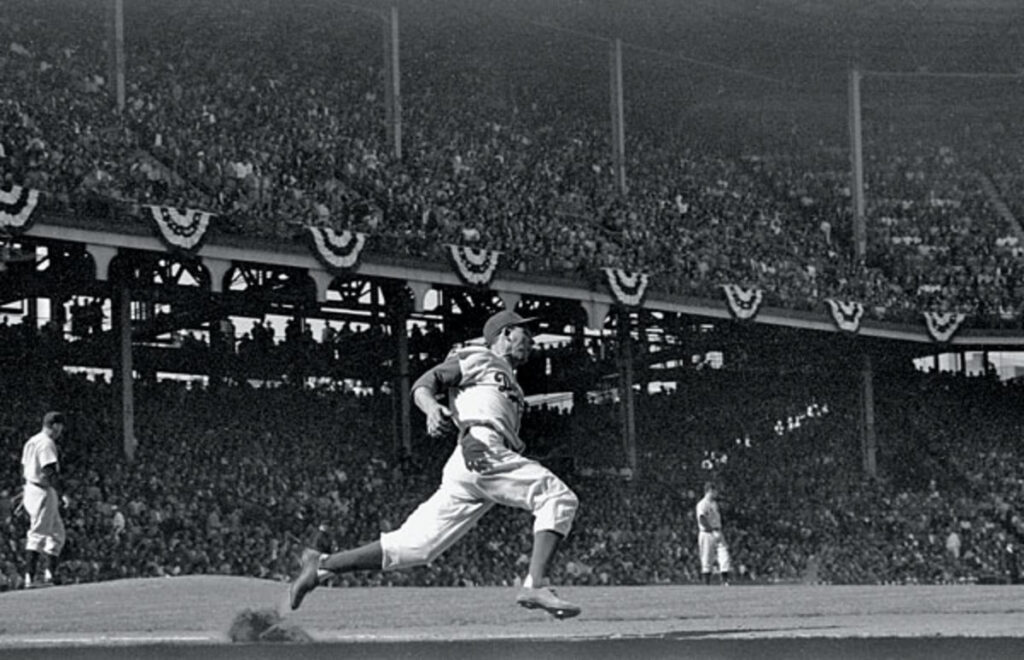
The Design and Features
The majestic yet cramped sports stadium was built for $750,000. There were 12 glided ticket windows for fans to buy tickets. The entrance to the stunning eight-foot Italian marble rotunda was through one of the 12 turnstiles. Every person would feel elated at the sight of a chandelier with 12 baseball bat poles. With their unique construction, the poles held 12 baseball lamps. There was a 27-foot ceiling connecting them. No doubt, despite its demolition, Ebbets Field has carved out a niche for itself in Brooklyn’s baseball history as one of the most legendary ballparks that the mighty Dodgers called home.
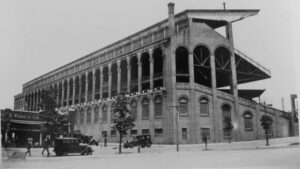
It was only until 1929 that the press box level was added. Initially, the seating area was a double-deck from the past third base, with an open, concrete bleacher stand that extended until the third base side along the outer wall. The right-field wall was quite high because of the short foul line due to the street immediately beyond it. later, the ballpark came upon a sloping piece of ground, but the weird construction was taken care of by the right-field wall, which was above street level. Later, some baseball writers termed Ebbets Field as a “bandbox” or “cigar box” due to its unique structural architecture.
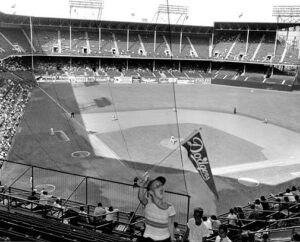
The End of An Era
The capacity of Ebbets Field could never expand beyond 35,000 due to the neighborhood constraints. There was no parking facility for the Dodgers’ fans. When Walter O’Malley took over the ownership of the Dodgers in 1950, he struggled hard to build a privately owned stadium that had a larger seating capacity for the fans than their Brooklyn home. The organizers expanded the seating area in the 1920s to cater to the growing crowds of baseball fans. By the 1940s, the right field became the spot for a big scoreboard and a screen atop the high wall.

The ballpark lost its glory after the Dodgers moved to Los Angeles. O’ Malley sold off the skate of the Ebbets Field to real estate developer Marvin Kratter in 1956. Hereafter followed a twilight phase when the Ebbets park hosted soccer and baseball at different levels. The beginning of Ebbets Field’s end started on February 23, 1960. Later, a federal judge called the removal of the Dodgers from its historic home as “one of the most notorious abandonments in the history of sports.”
Ebbets Field inspired the exterior design at Citi Field.

The Demolition and Replacement
On April 20, 1960, Saul Leisner took over the charge to auction Ebbets Field, including the structure and its contents. The contents on the auction included seats, team photos, benches, locker room stools, team banners, bats, bricks, caps, balls, and a brownstone cornerstone. As a long-time Dodgers fan, Leisner explained his sadness over the auctioning of the Ebbets Field, stating it was the saddest day of his life. Putting his favorite team’s ground on auction was a difficult task for him. Like thousands of Dodgers fans, Leisner was heartbroken and teary-eyed when his favorite team left their home. Thereafter, the site was rebuilt as the Ebbets Field Apartments that were opened in 1962. In 1972, the apartments came to be known as Jackie Robinson Apartments.
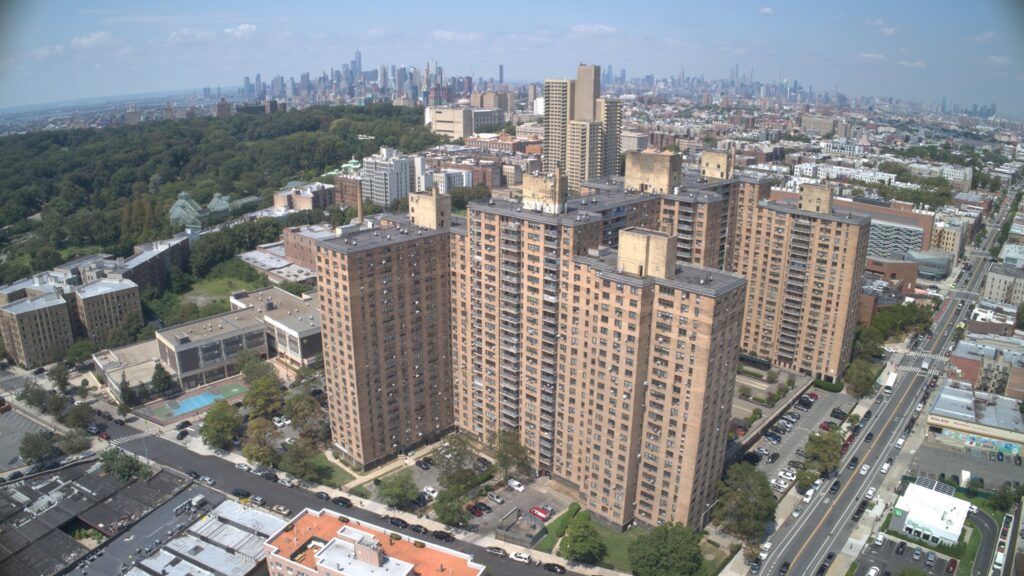
Purely Baseball Things To Know
- Ebbets Field was lucky for the Dodgers, who won eight National League pennants while playing there.
- The Dodgers won the 1955 World Series at the baseball stadium.
- It was the ninth home of the LA Dodgers, the last in Brooklyn, and the first after the Superbas changed their name to the Dodgers.
- The ballpark hosted the MLB All-Star Game in 1949.
- The first night game was on June 15, 1938, attracting a huge audience numbering 38,748.
- The Cincinnati Reds’ Johnny Vander Meer achieved an unbeatable feat by pitching his second consecutive no-hitter in that game. The record has not yet been duplicated in Major League Baseball.
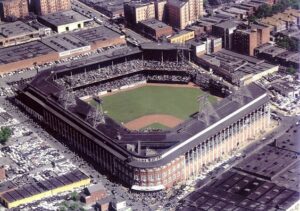
None-Baseball Events
Ebbets Field hosted three pro football teams and numerous soccer games during its history. The ballpark also witnessed Gaelic football and 90 fight cards.

